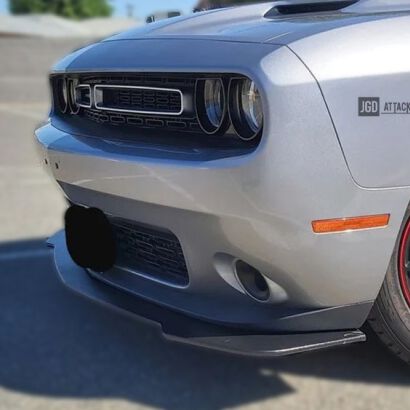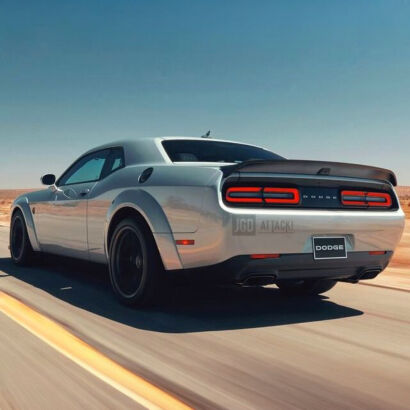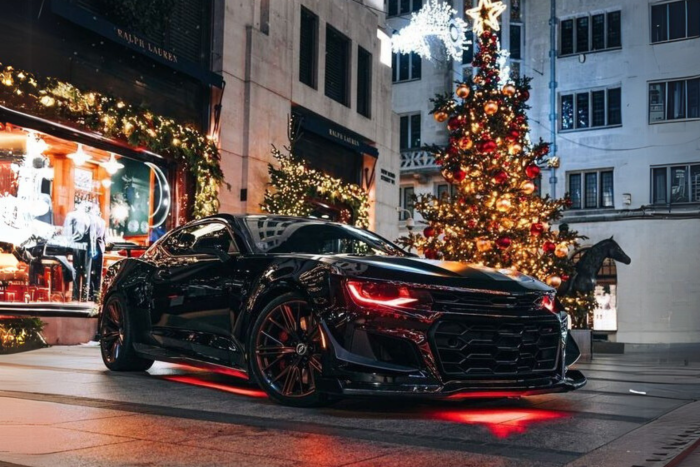The End of Dodge Challenger & Charger As We Know Them
photo by Webb Bland

The Dodge Challenger and Charger, the icons of the American automotive industry, for decades reigned on the roads as symbols of performance and power typical of muscle cars, are officially saying goodbye to the automotive market, marking the conclusion of a truly legendary era.
To commemorate the end of an era, Dodge prepared seven special edition models of the 2023 Charger and Challenger, each featuring a "Last Call" under-hood plaque. These editions are expected to celebrate the legacy of these models while paving the way for their electric successors.
The final Dodge Challenger to roll off the production line was the formidable SRT Demon 170, finished in a striking Pitch Black. This momentous event occurred on December 22, marking the conclusion of Dodge's revered muscle car legacy with a significant model. The Demon 170, designed to celebrate the end of the current Challenger and Charger models, is the last in the series of "Last Call" special editions. Under its hood lies a powerhouse — a 6.2-liter supercharged V-8 engine, capable of delivering an astonishing 1,025 horsepower. This level of performance is a fitting homage to the legacy of Dodge's muscle cars, known for their raw power and thrilling driving experiences.
The decision to phase out these gasoline-powered legends is a clear indication of the changing priorities in car manufacturing, emphasizing sustainability and technological innovation over traditional internal combustion engines. This bold move by Stellantis, the parent company of Dodge, marks a significant shift in the automotive industry's transition towards electric vehicles (EVs).
As part of Dodge's plan to redefine the brand and attract a new generation of customers, the company plans to launch an electric muscle car in 2024. Tim Kuniskis, CEO of Dodge, has been instrumental in this transition, recognizing the need to cater to both traditional muscle car enthusiasts and a new, more environmentally-conscious customer base. The introduction of these new models is seen as an effort to bridge the gap between these two different worlds, offering performance-oriented electric vehicles that align with modern environmental concerns.
Dodge's move is seen as a necessary step towards a more sustainable future in the automotive industry, yet it also marks the end of an era for the iconic gas-powered Charger and Challenger. The announcement has generated mixed reactions among muscle car fans. The superior ecological features of EVs are undeniable, yet the emotional attachment to the roar and power of gasoline engines remains strong among purists.
There is, of course, a palpable concern that electric vehicles, despite their progressiveness, may not fully capture the raw essence and exhilarating roar that define real muscle cars. The classic, gas-powered Charger and Challenger, with their thunderous engines and visceral driving experience, will forever hold a special place in the hearts of muscle car aficionados. As we stand on the brink of this new chapter, the question lingers: will the electric variants truly uphold the revered muscle car heritage? The answer, which promises to shape the future of American automotive enthusiasm, awaits us in the near future.





